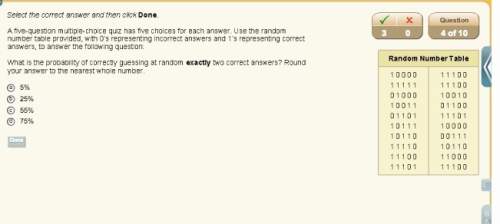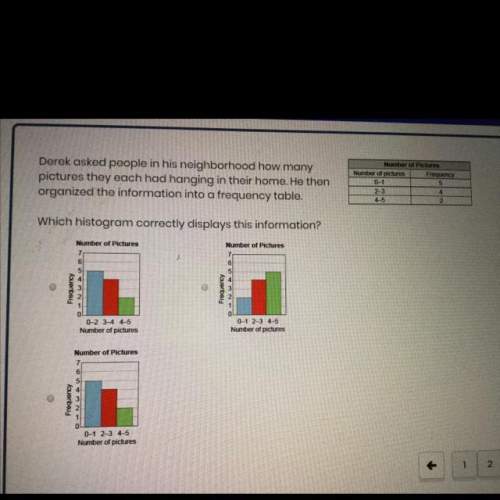The formula t =
logK
0.045 log e gives the time t (in years) that it will take an investment...

Mathematics, 24.03.2021 01:30, blaze9691
The formula t =
logK
0.045 log e gives the time t (in years) that it will take an investment P that is
compounded continuously at a rate of 4.5% to increase to an amount K times the original
principal.
If Paul invests $1,000 in a savings account that is compounded continuously at a rate of
4.5%, when will his investment double? Round your answer to the nearest tenth of a year.

Answers: 2
Other questions on the subject: Mathematics

Mathematics, 20.06.2019 18:04, povijuaisaiah
Find the measures of the complement and the supplement of each angle, m
Answers: 1

Mathematics, 21.06.2019 17:10, ieyaalzhraa
The random variable x is the number of occurrences of an event over an interval of ten minutes. it can be assumed that the probability of an occurrence is the same in any two-time periods of an equal length. it is known that the mean number of occurrences in ten minutes is 5.3. the appropriate probability distribution for the random variable
Answers: 2

Mathematics, 21.06.2019 20:00, jacobbrandon2002
What sums are equal to 6/12? choose all answers that are correct a.6/12+6/12+6/12+6/12+6/12+6/12 b.2/12+1/12+1/12+2/12 c.5/12+1/12 d.1/12+1/12+1/12+3/12 plz : )
Answers: 1

Mathematics, 21.06.2019 21:30, celeste961
Write 5(6x+4)-2(5x-2) in the form a(bx+c) where a, b and c integers and a> 1
Answers: 2
Do you know the correct answer?
Questions in other subjects:


Biology, 06.07.2019 03:30
















